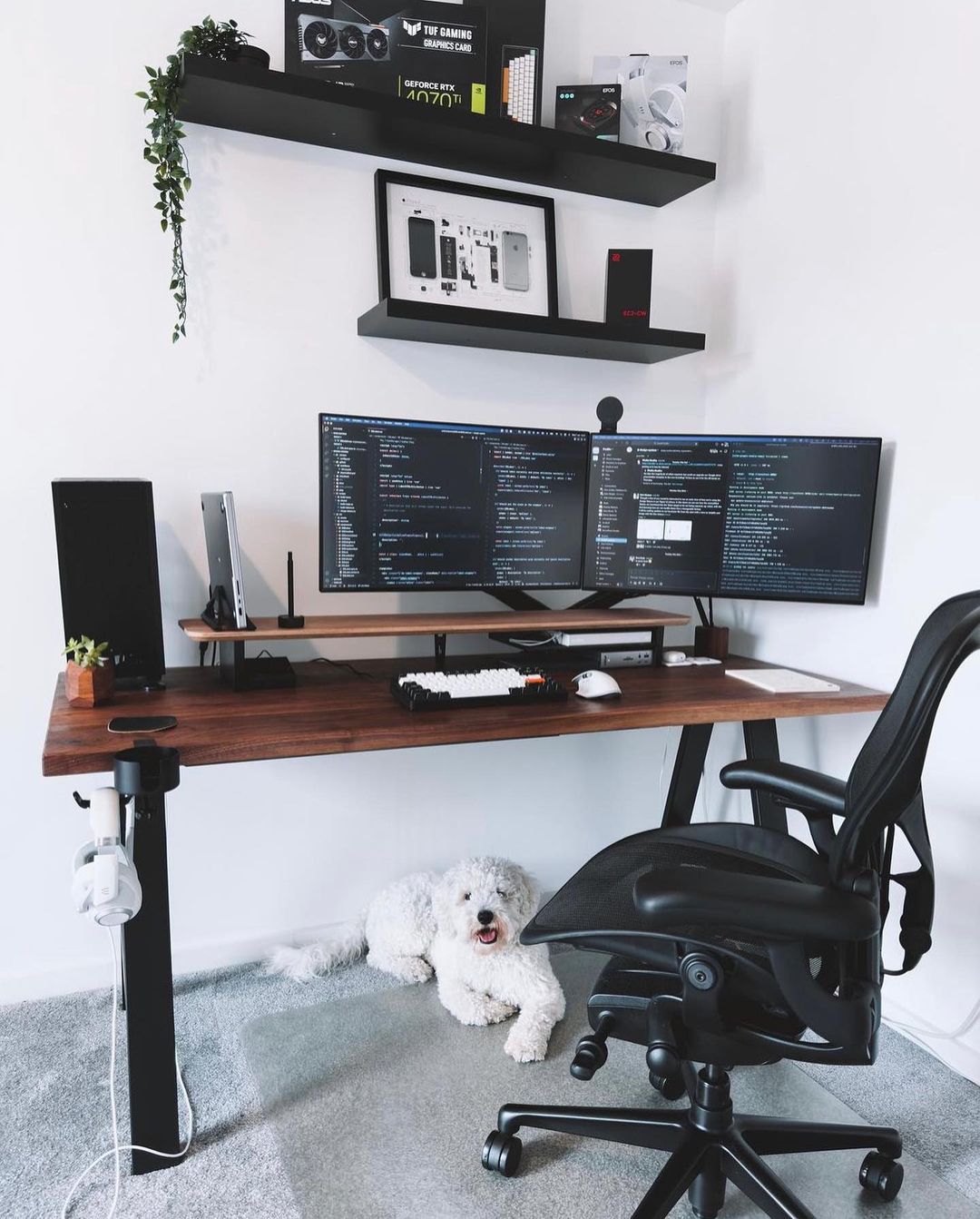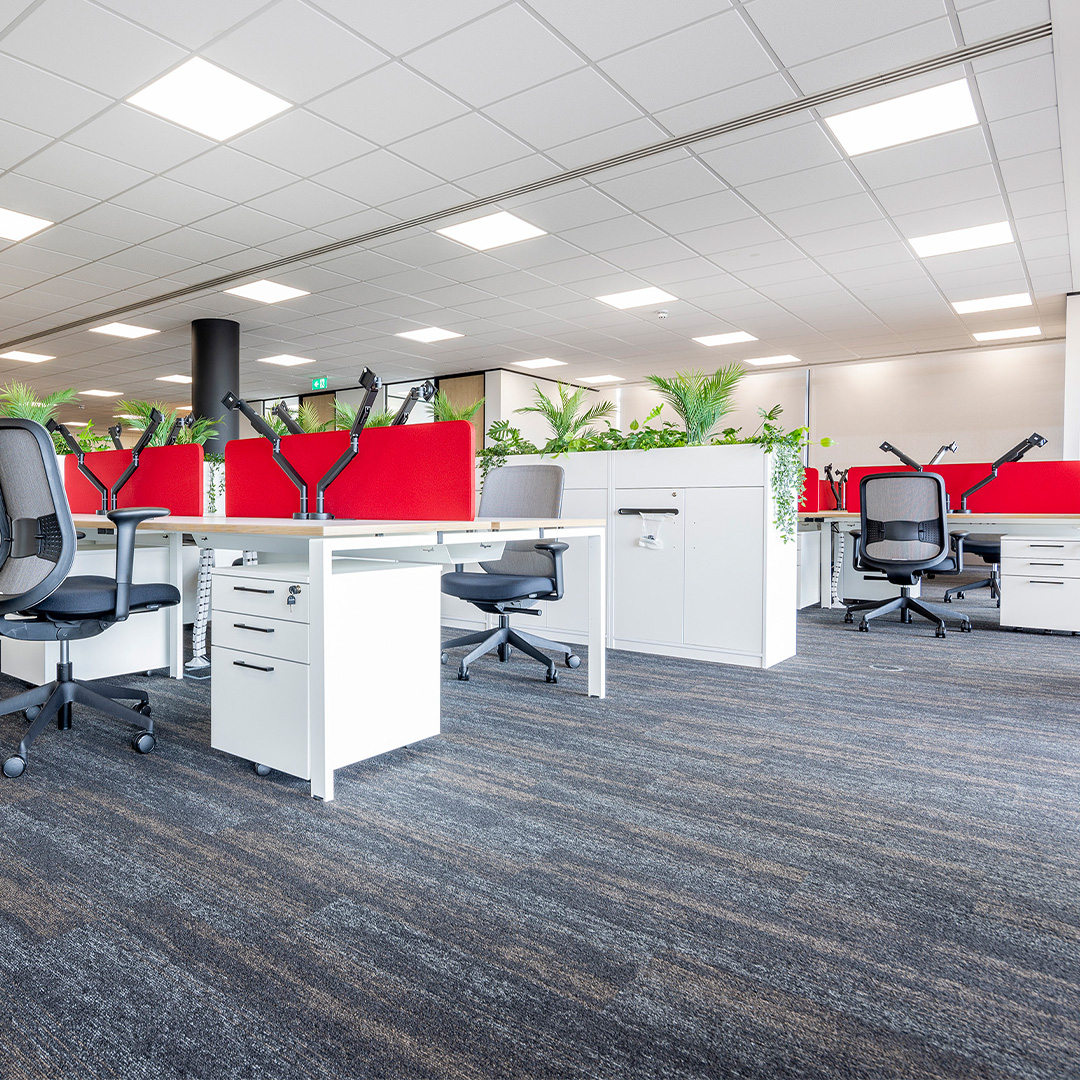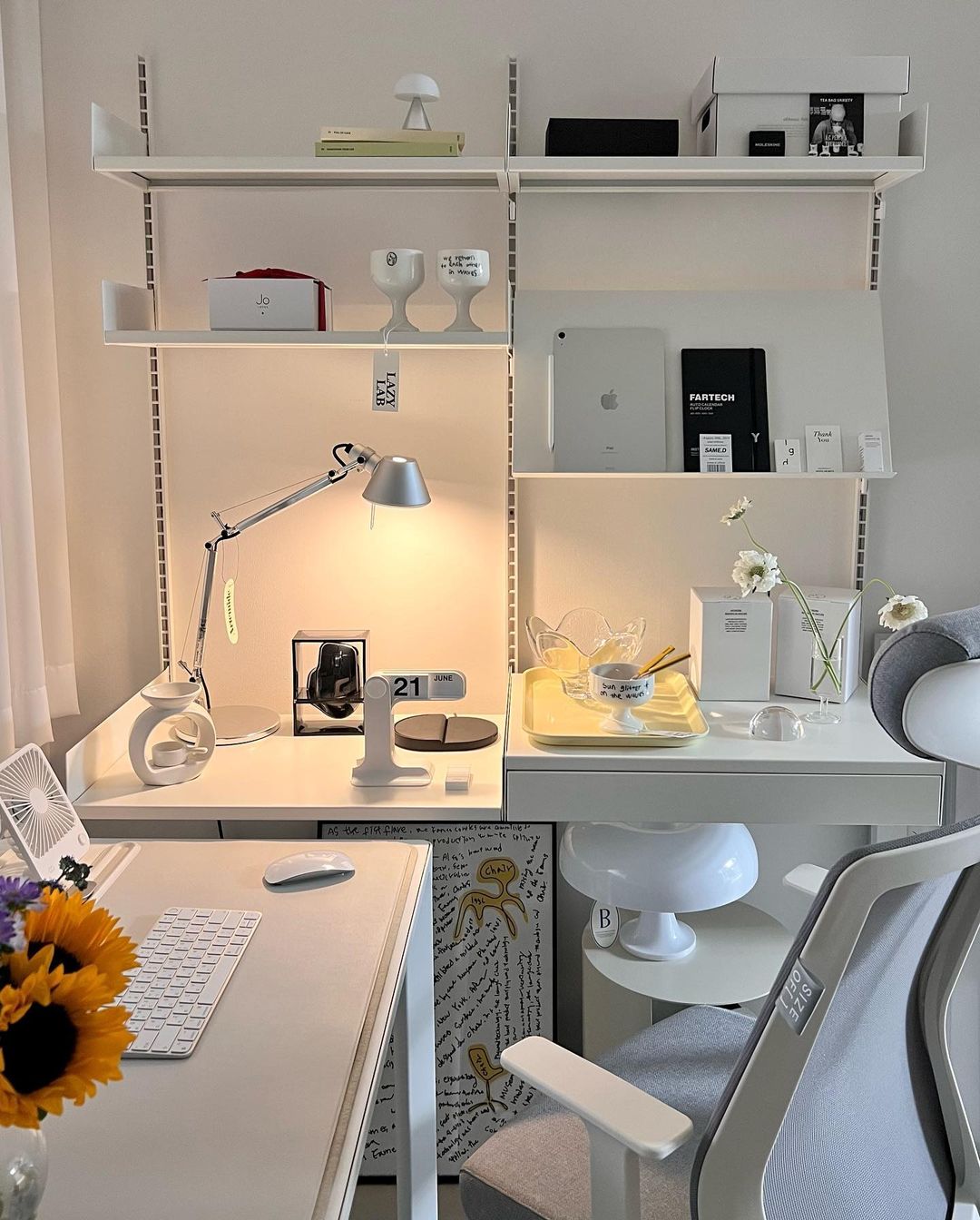10 Dos and Don’ts for a Productive, Happy Workplace
In order to create a motivating workplace, we have to understand the importance of a happy and productive workplace. Organizational culture consists of values, beliefs and attitudes that employers and employees share. To get the best productive team we have to provide them with the best possible conditions in the workplace.
Remember, a happy and satisfied worker is a productive worker.
Thus, for employers it is a must to provide them with a healthy and well-organized workplace and, above all else, proper treatment that will increase their engagement. It is also very important for customers to meet a happy and well-organized team that will increase their interest which will, in turn, result in greater engagement and conversion.

DO: Equip the workplace and keep it clean
For the best performance of employees, it is important to equip the workplace with the best possible equipment. Your employees deserve comfortable chairs and desks so that they can do their best for the job at hand.
As people spend a third of their day at work, their workplace has to be comfortable and clean. And it is very important to maintain a clean and hygienic workspace every day.
For maximum efficiency, you ought to provide employees with a nice environment, by ensuring they have lots of natural light. Furthermore, pay attention to wall and furniture colors and use soothing hues to make workers feel more comfortable.
DO: Organize your workplace according to the needs of employees
Nowadays many offices feature an open plan, which is often great for organization. But a workspace also needs private rooms where employees can take a call, or retreat to when in need of peace and quiet. Additionally, office spaces and comfortable areas for coffee breaks or breakfast, where workers can take a break and regain their efficiency are always welcome.
Remember that all of your employees have needs and this should be respected.
DO: Set clear goals for each department and organization’s goals
If you set clear goals for each team, employees will have clear guidelines to what is their part of the job and will stick to the plan. This will promote their individual performance and encourage cooperation between them. And this will indicate if their quota is too high or too low. Then you can adjust their target goals accordingly.

Make sure all employees have a clear understanding of the organization’s goals as well. This will help them develop a sense of professional purpose. Motivation sources beyond quarterly quotas will show that you value everybody’s effort.
DO: Accept and respect feedback
Feedback is extremely important. More often than not, employees care deeply about the company they work for, and their feedback can help to improve things across the board. So, take feedback with appreciation and often, as this will help you better organize the job that needs to be done.
DO: Plan socializing
People who work together often share their interests and little life events with their coworkers. You should give them the opportunity to get to know each other better by organizing happy hours at the end of a week either in the office or some other place where they will be more relaxed. This improves collaboration between them and gives better results overall.
These are some of the things you should DO for your employees that will improve their relationship amongst each other, as well as with you, and improve their overall efficiency.
That being said, let’s talk about some DON’Ts.

DON’T: Tolerate bad managers
Managers are persons who directly interact with employees and they have the greatest influence on the employee satisfaction. Good managers are able to make a good influence and they will give valid reports. Bad leadership usually lacks the skills and qualities necessary to effectively lead a team. So, make sure that the people leading your staff are – above all else – respectful, trustful and decent.
DON’T: Consider HR responsible for all the work
By effectively managing the employee lifecycle, HR can help provide organizational structure and create capabilities to meet business needs. Positive work culture is created by working together, it is a team effort, and the HR team cannot be the only ones responsible for establishing a positive work culture. Take their feedback and reconsider what can be changed if there is a problem in some department.
DON’T: Limit someone’s learning opportunities
If you want to have a great team for the job, let them acquire as much experience as possible, without limiting them only to their job description. It is very good for the team that they share their knowledge, because this is the best way for skill building. And it is very important for a positive work experience. The team will be able to function better altogether, and it will be also possible to have coverage for a person who, for some reason, must take a day off all of the sudden. Let workers exchange their experience for the wellbeing of the company.

DON’T: Tolerate disengaged workers
A disengaged employee is someone who is not satisfied with their work, or a kind of person that will do only what they must to achieve the minimum to keep the job. They will never put in enough effort to do a better job. Don’t let them stay around the workers who are engaged in the job, as they might have a bad influence creating an unhealthy atmosphere, or raising and encouraging dissatisfaction. Managers and HR should be able to notice this kind of behavior and give a report so further steps can be taken.
DON’T: Let the employees skip their lunch break
Make sure that every employee takes a 30-minute lunch break. Let them know that you care about their physical and mental health. Everyone needs a break during the working day, and if workers are supposed to contribute to the company’s wellbeing, you need to make sure that your company does the same for them.






